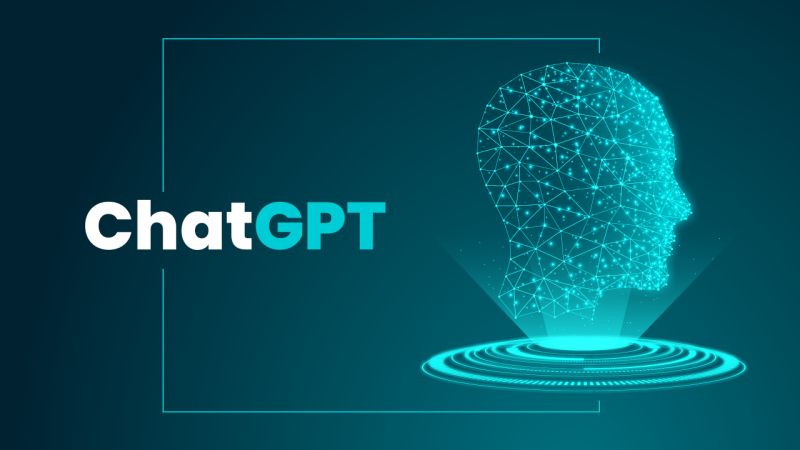
In the ever-evolving world of artificial intelligence, one name stands out for its groundbreaking ability to engage users in meaningful and dynamic conversations: ChatGPT. Developed by OpenAI, ChatGPT has quickly become a transformative tool in numerous domains, from personal productivity to professional applications. In this blog, we’ll explore what ChatGPT is, how it works, and its diverse uses in our modern world.
ChatGPT, short for "Chat Generative Pre-trained Transformer," is a language model powered by OpenAI’s advanced GPT (Generative Pre-trained Transformer) architecture. It is designed to understand and generate human-like text based on the prompts it receives. The model has been fine-tuned to deliver coherent, contextually relevant, and often creative responses, making it one of the most versatile AI tools available today.
ChatGPT leverages a large-scale neural network trained on diverse datasets, encompassing everything from books and articles to online content. Here’s a high-level overview of how it operates:
Pre-training: During this phase, the model learns patterns, grammar, facts, and reasoning abilities by processing vast amounts of text data.
Fine-tuning: OpenAI fine-tunes the model using specific datasets to ensure it aligns with human values and delivers safe, helpful outputs.
Contextual Understanding: ChatGPT uses input prompts to understand user queries and generate responses. It considers the context of the conversation to maintain coherence over multiple exchanges.
The versatility of ChatGPT has opened doors to countless applications, transforming the way we interact with AI. Here are some key use cases:
ChatGPT acts as an intelligent tutor, assisting students with complex topics, solving math problems, and providing explanations on a wide range of subjects. It helps learners by simplifying difficult concepts and offering personalized guidance.
Writers, bloggers, and marketers use ChatGPT to brainstorm ideas, draft articles, and refine their content. Its ability to generate creative text makes it an invaluable tool for producing engaging and diverse content.
Many businesses integrate ChatGPT into their customer support systems to handle routine queries, offer solutions, and enhance customer satisfaction. Its availability 24/7 ensures users get instant assistance.
From drafting emails to managing schedules and creating to-do lists, ChatGPT serves as a reliable personal assistant. It saves time and increases efficiency by automating repetitive tasks.
For developers, ChatGPT provides solutions to coding challenges, explains programming concepts, and even writes snippets of code. It’s like having an on-demand coding buddy.
In healthcare, ChatGPT aids in providing information about symptoms, general health advice, and medication guidelines (though not as a replacement for professional medical consultation).
ChatGPT’s multilingual capabilities enable users to translate text between languages or learn new languages with conversational practice.
Accessibility: ChatGPT is available on multiple platforms, making it easy to access from anywhere.
Cost-Effective: Many of its applications help reduce operational costs in industries like customer service and education.
Personalization: Its adaptability allows it to tailor responses based on user preferences.
Efficiency: It automates repetitive tasks, freeing up time for more critical activities.
While ChatGPT has many advantages, it also raises ethical concerns, such as:
Misinformation: The model can generate incorrect or misleading information if not guided properly.
Bias: As it learns from datasets that may include biased content, there’s potential for unintentional biases in its responses.
Privacy: Ensuring user data confidentiality is crucial when deploying AI tools.
OpenAI has implemented safety mechanisms and continues to improve ChatGPT to address these challenges effectively.
The potential of ChatGPT is boundless. As AI technology advances, ChatGPT will likely become more intuitive, capable, and integrated into our daily lives. Innovations in fields like virtual reality, augmented reality, and IoT (Internet of Things) will further expand its use cases.
ChatGPT has redefined human-computer interaction by making conversations with AI more natural and impactful. Whether you’re a student, professional, or casual user, ChatGPT offers something for everyone. As we continue to explore its capabilities, one thing is certain: ChatGPT is not just a tool but a glimpse into the future of AI-driven communication.